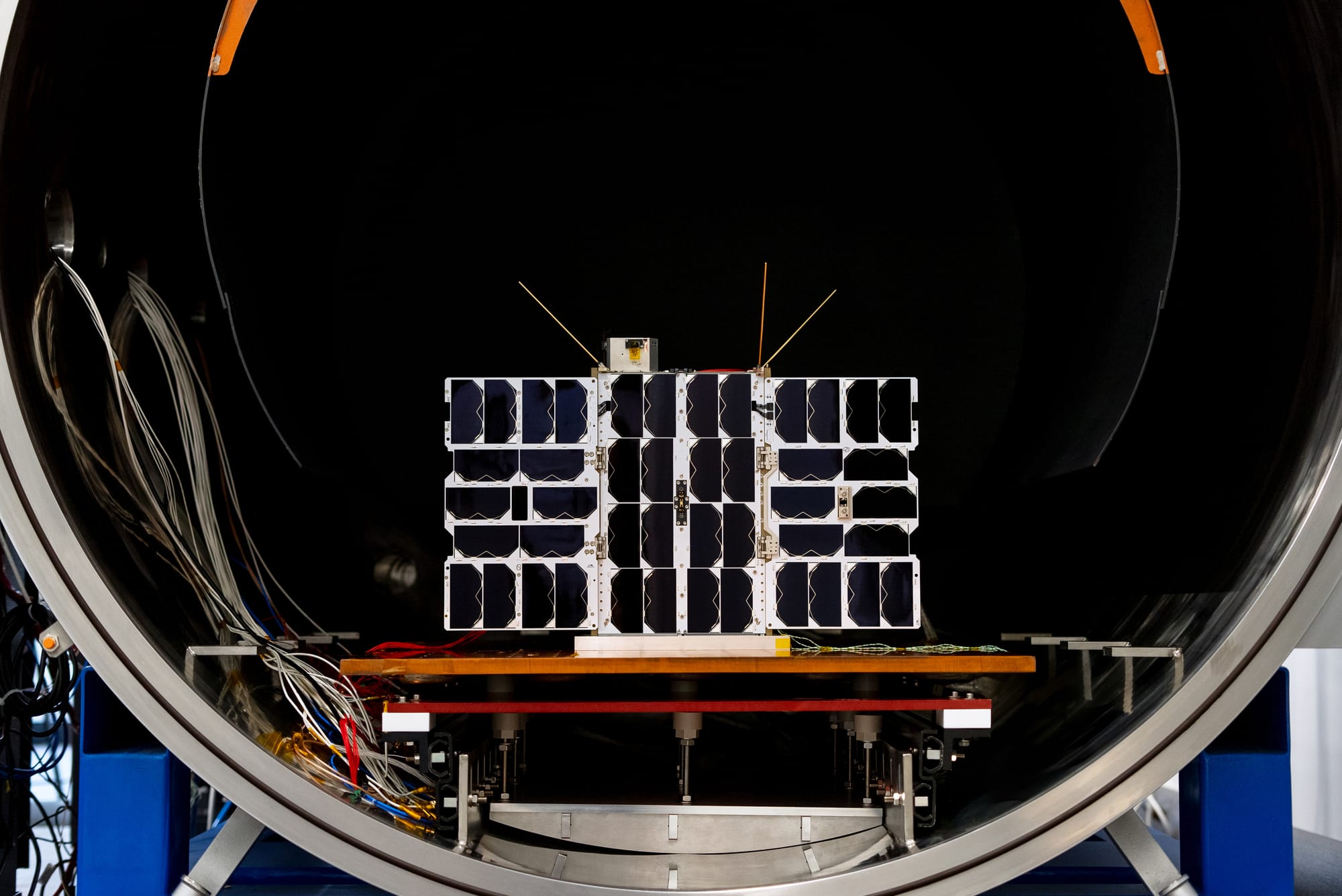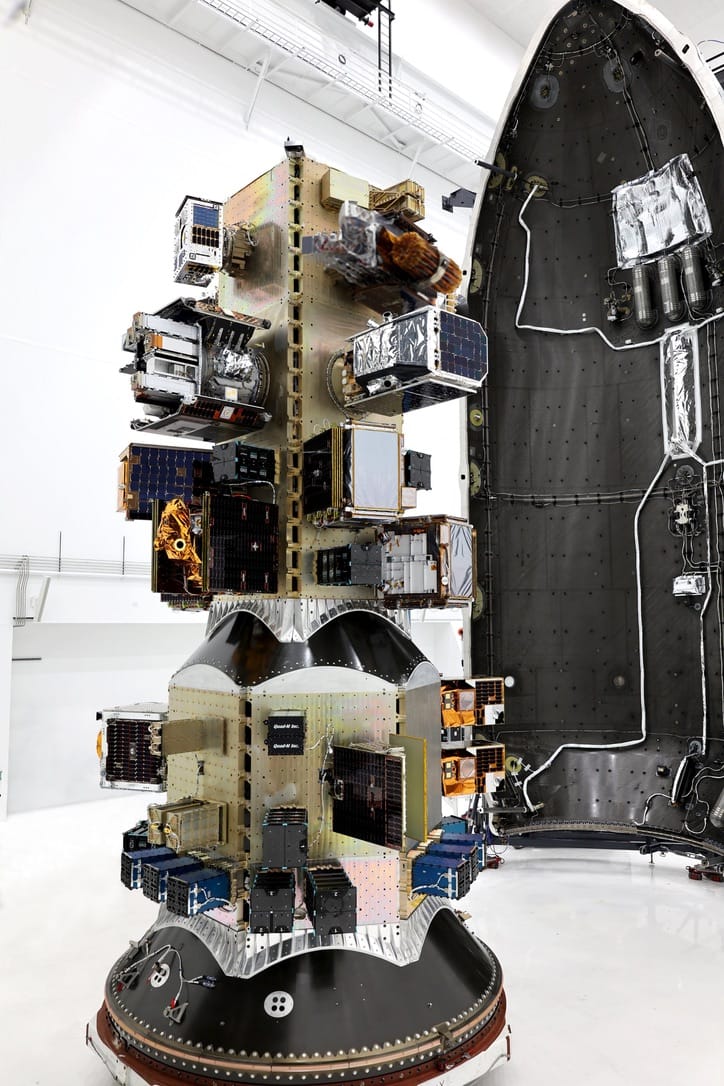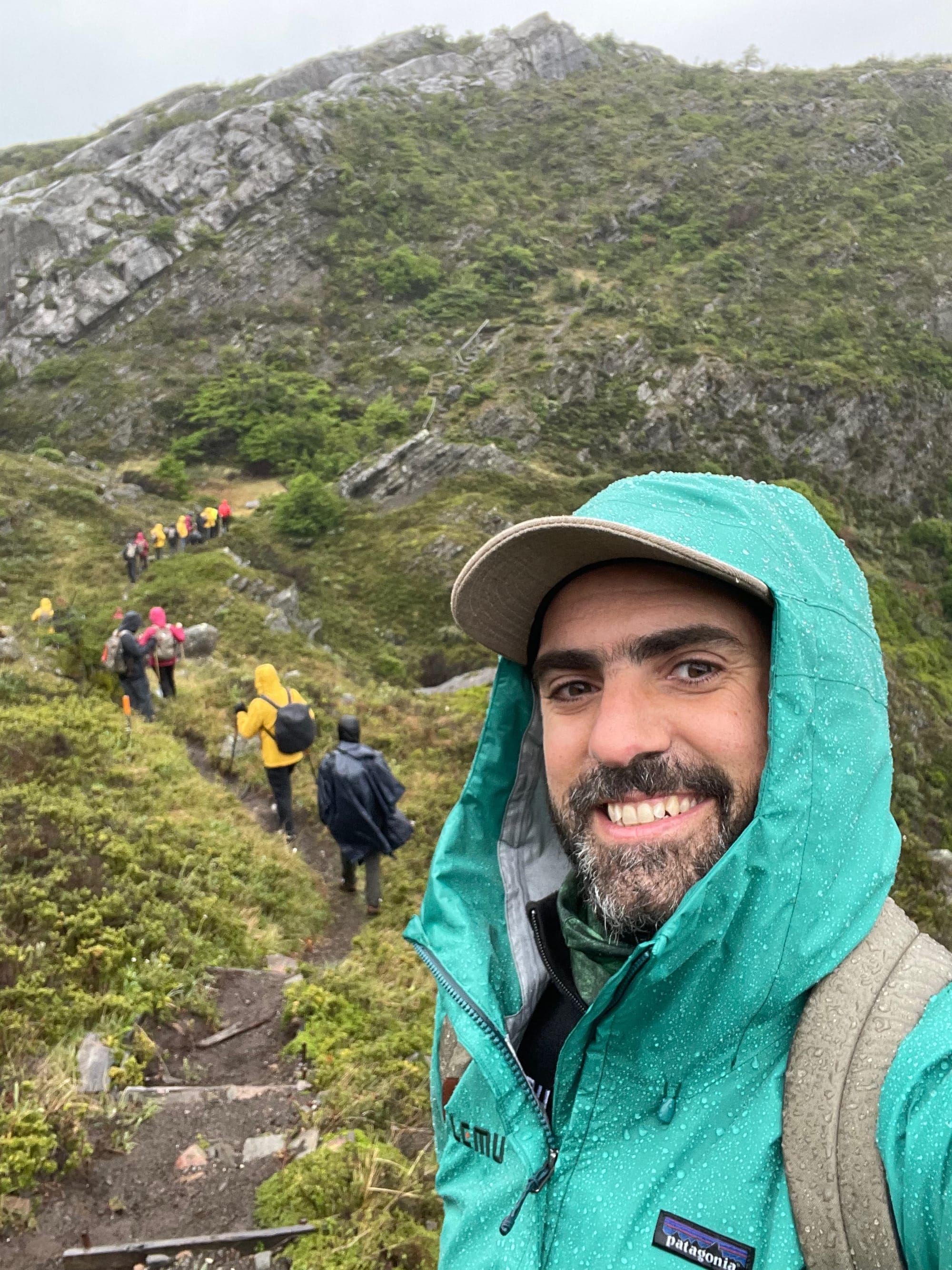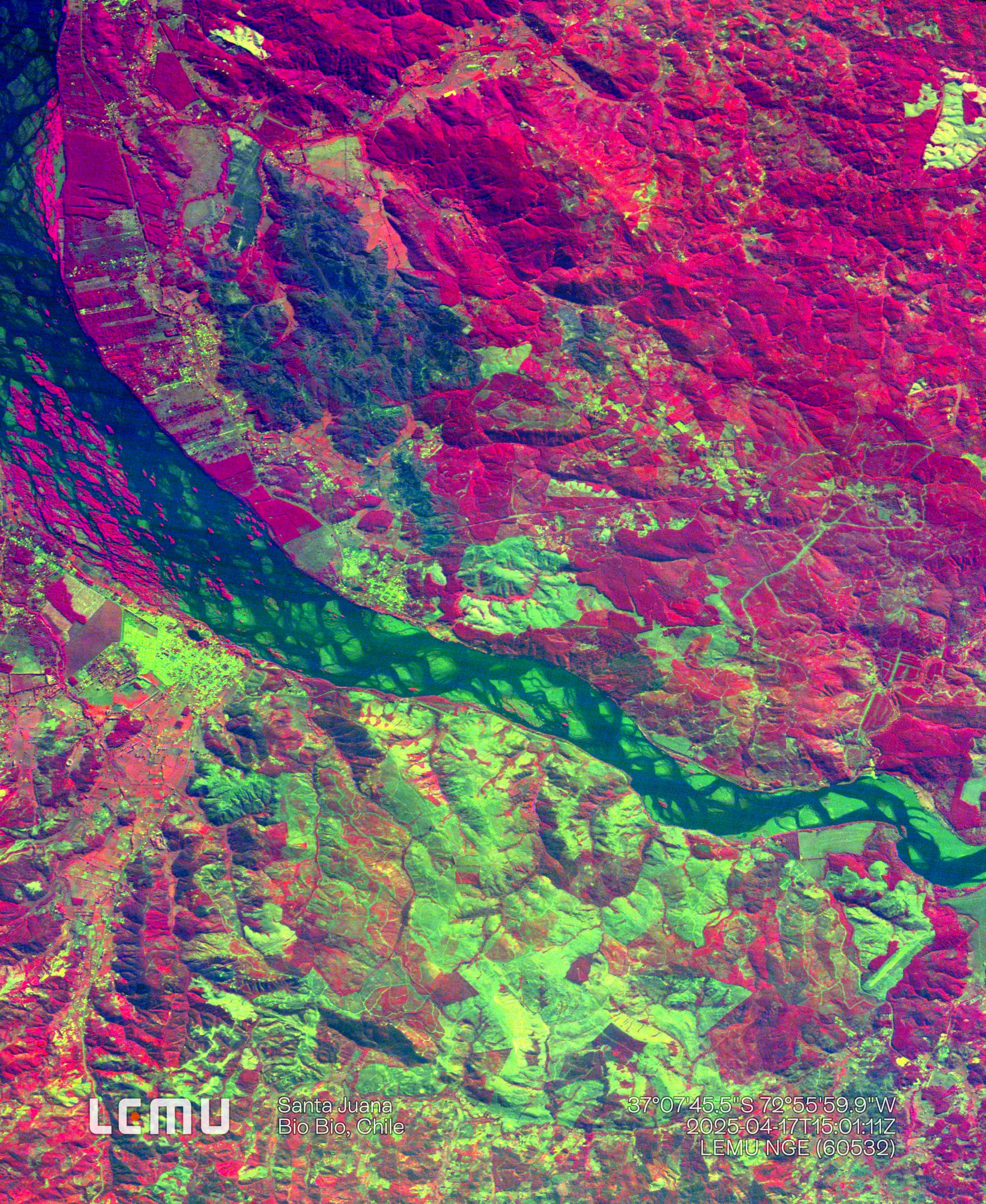Chilean Startup Lemu Launches the First Satellite Dedicated to Biodiversity
Lemu is the first company in Chile to put a satellite into orbit. Lemu Nge was launched on August 16, 2024 by SpaceX on a reusable Falcon 9 rocket from the Vandenberg base in California.

Lemu, a Chilean startup pioneering technology to enhance nature-based solutions, announced today that its Lemu Nge satellite was successfully launched by SpaceX on August 16, 2024, from the Vandenberg Space Force Base in California, United States.
“Satellite imagery is the most efficient way to be able to monitor the 51 billion hectares of our planet, but despite all the satellites in orbit, very few are Earth observation satellites and even fewer have instruments that allow us to effectively distinguish biodiversity from space,” commented Leo Prieto, founder and CEO of Lemu. “After 6 years of work, we are thrilled to have put Lemu Nge in orbit, the first hyperspectral nanosatellite dedicated exclusively to this task. Its unique configuration puts it in a very small group of instruments needed to bridge nature's data gap, increasing the resolution of the data we currently use by more than 20 times.”
The launch was an unprecedented technological milestone in the history of Chile, being the first time that a Chilean company placed a satellite into orbit and the first satellite in the world designed exclusively to observe biodiversity in the ecosystems of our planet, thus becoming a tool of the highest value for the study and protection of the natural world.
Lemu Nge means “Forest Eye” in Mapudungun, inheriting this name from its main payload and scientific mission, a high-definition hyperspectral camera optimized for the observation of the Earth's ecosystems, allowing to see in detail their composition, trends, and changes over time.
After the Launch and Early Operations Phase (LEOP), the initial mission of Lemu Nge will be focused on Chile, due to the large geospatial data gap for this country and the Southern Hemisphere in general.
Initial observation areas will include:
- Characterization of Ramsar category Andean wetlands, from the highlands to Tierra del Fuego.
- Monitoring of underwater macroalgae forests along the Chilean coast.
- Classification of changes in land use.
- Identification of key plant species — especially trees.
- Identification of invasive plant species.
The information gathered will help design effective conservation actions and sustainably manage the country's natural functions. Subsequently, the mission will be extended to the Global South and eventually to the entire world.

Lemu Nge is a 6U (30x20x10 cm) nanosatellite, about the size of a shoebox. Its high-resolution hyperspectral camera can segment land cover and vegetation biodiversity with more than 20 times the current accuracy. The camera measures 32 spectral bands between 450 and 900 nanometers, making it possible to see details invisible to the human eye. The resolution on the ground is 4.75 m from 500 km altitude (Low Earth Orbit or LEO). The satellite has an advanced liquid metal ion electric propulsion system using non-toxic depressurized materials (FEEP), which allows it to adjust its orbit and de-orbit safely at the end of its mission, disintegrating without leaving space debris. It completes one orbit around the Earth every 90 minutes, resulting in 14 daily orbits (heliosynchronous or SSO).
This mission is the result of more than 6 years of collaboration between Earth science, aerospace engineering, and information technology professionals from several countries: Designed by Lemu in Chile, assembled by NanoAvionics in Lithuania, with key components from Simera Sense in South Africa, Enpulsion in Austria, and launched into orbit by SpaceX from the USA.
Lemu continues to advance its mission to bring nature online, bridging nature's data gap to help curb the environmental crisis. Its Atlas platform drives nature-based decisions by making nature visible in the value chain of all companies and institutions, facilitating solutions through its network of over 70 verified conservation and restoration projects across 5 continents. Lemu is approaching its goal of financing the conservation of 1% of the Earth's land surface by 2033.

This article appeared originally on Yahoo! Finance.




